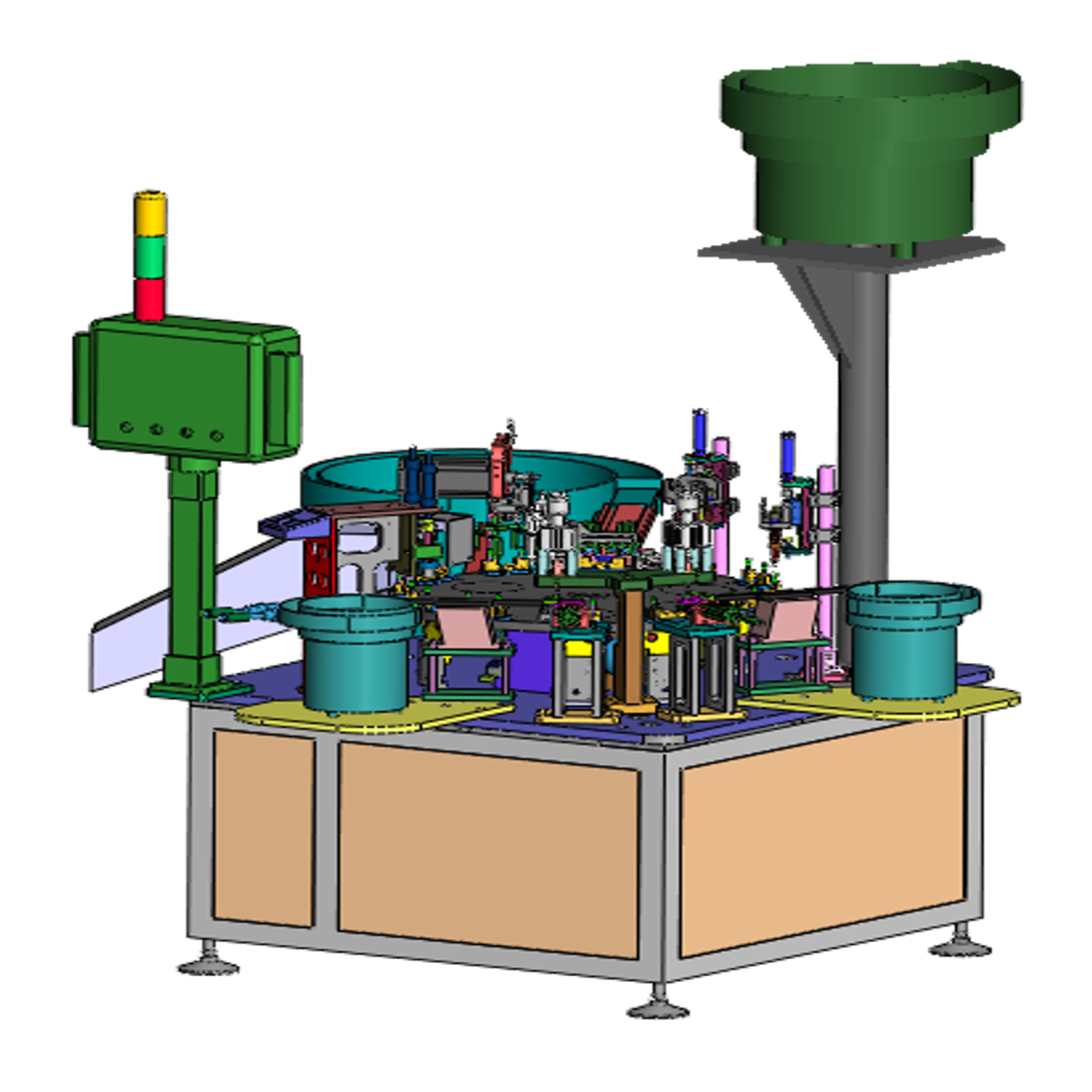Email format error
Email cannot be empty
Email already exists
6-20 characters(letters plus numbers only)
The password is inconsistent
Email format error
Email cannot be empty
Email does not exist
6-20 characters(letters plus numbers only)
The password is inconsistent


The Rise of Mini Assembly Machines
In today’s fast-paced world of manufacturing, efficiency matters. Precision matters. Flexibility matters. These are critical factors for success. As industries increasingly demand smaller products, customization becomes essential. Traditional assembly lines face challenges. This is where mini assembly machines enter the scene. These machines transform business approaches to production. They offer smaller alternatives. They provide more efficient solutions compared to larger systems. As a mini assembly machine supplier, we aim to explore their impact. We will examine how these systems reshape modern production lines.
What Is a Mini Assembly Machine?
At its core, a mini assembly machine is compact. It handles smaller-scale assembly tasks. These machines suit manufacturers needing precision. They cater to those requiring speed. They address demands for flexibility in assembling small parts. Typically, they perform part handling. They manage insertion processes. They conduct testing operations. They handle packaging tasks. Their small footprint offers advantages. They integrate easily into existing production lines. They occupy minimal space.
One key advantage is material versatility. These machines work with diverse materials. They adapt to various products. Whether assembling electronics or medical devices, they deliver. Automotive part assembly? They handle it. Consumer goods production? They adapt. This versatility drives companies to suppliers. Upgrading manufacturing capabilities becomes achievable.
The Benefits of Mini Assembly Machines
Space Efficiency
Traditional assembly lines need large floors. They require extensive machinery. Mini assembly machines contrast sharply. They prioritize compactness. They emphasize space efficiency. Limited production space? These machines solve that. Manufacturers maximize floor space. Productivity remains high. Smaller businesses benefit significantly. Urban environment operations gain advantages. This becomes transformative.
Increased Flexibility
Mini machines offer task variety. Traditional setups need multiple equipment pieces. Flexibility allows quick adjustments. Products change? Processes shift? Market demands evolve? These machines adapt. Reprogramming requires minimal downtime. Reconfiguring happens swiftly. Agility becomes guaranteed. Customer needs get met consistently.
Precision and Quality
Intricate components demand precision. Delicate parts require care. Mini assembly machines employ advanced automation. Vision systems enhance accuracy. Precision robotics enable meticulous assembly. Tiny electronics get handled perfectly. Medical devices receive careful treatment. Strict quality standards get met. Human error reduces significantly. Process consistency improves. Defects minimize effectively. Product quality rises. Customer satisfaction increases.
Cost Efficiency
Traditional lines involve high costs. Building them is expensive. Maintaining them adds burdens. Mini machines offer affordability. Installation proves easier. Operational resources reduce. Labor costs decrease through automation. Compact size lowers energy consumption. Operational costs shrink further. Scaling production becomes budget-friendly. Financial barriers reduce substantially.

Applications of Mini Assembly Machines
Electronics Manufacturing
The electronics sector benefits greatly. Products shrink in size. Complexity increases constantly. Specialized equipment becomes necessary. Mini machines handle circuit boards. They assemble sensors precisely. Microchip placement achieves accuracy. Suppliers provide automated systems. Components position correctly. Attachment occurs securely. Automation boosts speed. Errors reduce dramatically.
Automotive Industry
Vehicle technology advances rapidly. Smaller components require assembly. Mini machines install sensors. They assemble interior parts. They test components pre-integration. Electric vehicle demand grows. EV battery assembly needs precision. Specialized parts require accuracy. Safety standards get maintained. Performance criteria get fulfilled.
Medical Devices
Medical production demands precision. Cleanliness standards stay stringent. Syringes get assembled flawlessly. Catheters require delicate handling. Mini machines meet FDA regulations. Automated testing ensures quality. Safety protocols get enforced. Product standards reach peak levels.
How to Choose the Right Mini Assembly Machine Supplier
Expertise and Experience
Seek proven supplier track records. Industry-specific experience adds value. Unique challenges get understood. Tailored solutions emerge.
Customization Options
Production lines vary widely. Flexible solutions matter. Machine size adjustments may be needed. Functionality tweaks could prove essential. Performance customization ensures compatibility.
Support and Service
Ongoing support prevents downtime. Maintenance ensures performance. Reliable customer service matters. Training programs add value. Technical assistance maximizes efficiency.
Competitive Pricing
Cost considerations remain important. Investment value must be clear. Long-term savings get evaluated. Labor cost reductions count. Defect minimization adds value. Productivity gains justify costs.
The Future of Mini Assembly Machines
Technology evolves continuously. AI advancements promise smarter systems. Machine learning enables adaptability. Robotics improve efficiency. Production schedules optimize automatically. Real-time defect detection emerges. Autonomous adjustments become possible. Sustainability gains importance. Eco-friendly materials get incorporated. Energy efficiency improves further. Environmental impact reduces. Sustainability goals get achieved.
Conclusion
Mini assembly machines revolutionize manufacturing. They deliver efficiency. They provide flexibility. They ensure cost-effectiveness. Electronics, automotive, medical sectors all benefit. Production processes streamline effectively. Product quality improves consistently. Operational costs decrease significantly.
Choosing proper equipment remains crucial. Production capacity increases. Customer demands get met. Market competitiveness strengthens. Embracing these machines unlocks success. Upgrading processes becomes essential. Future-proofing manufacturing starts here.

